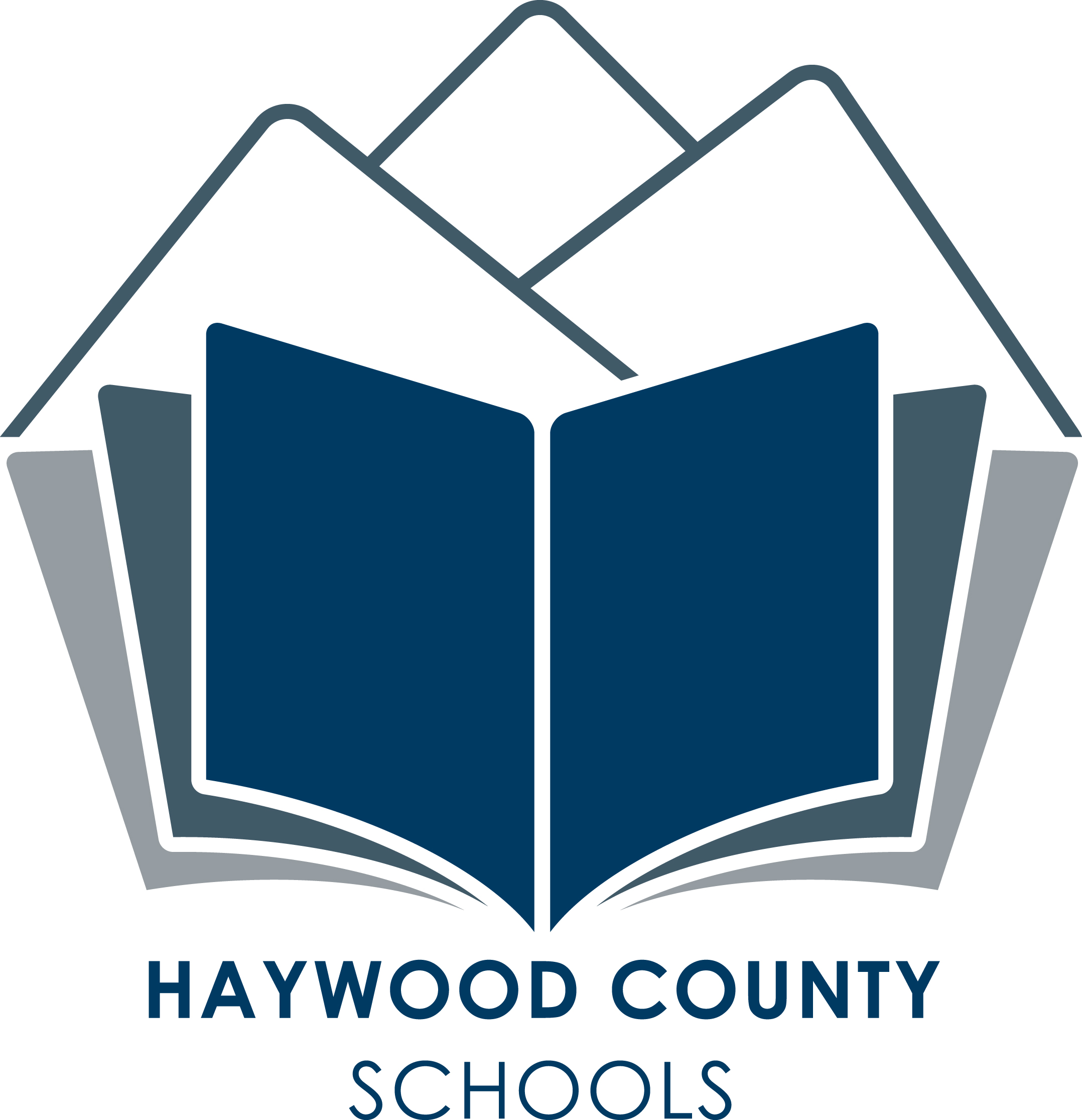Strategic Long Range Planning
Consolidated Sub-Committee Recommendations
Globally Competitive Students
1. ALL: Explore the effectiveness of various organizational structures (internally as well as externally) that support meaningful relationships and learning. (i.e. ELEMENTARY: additional year round schools, thematic/magnet schools, immersion school, transitional classes, multi-age classes. MIDDLE: year round school, magnet school, 7th/8th grade school and 5th/6th, “early college” type middle school. HIGH: Uniform schedule configurations to maximize course credit opportunities for all high school students, regional thematic or magnet type schools.)
2. ALL: Maintain transition programs currently in place. (i.e. ELEMENTARY: To help with early intervention/remediation efforts, develop a transition program, similar to kindergarten, as students move from 2nd to 3rd grade. MIDDLE: Implement a variety of activities to provide smoother transitions from 5th to 6th grade and from 8th to 9th grade. HIGH: Strengthen and expand the 9th grade transition program.)
3. ALL: Investigate Science Technology Engineering and Mathematics (STEM) education initiatives, programs and curricula and also a “Green Curriculum Model” with a foundation of ecological ethics.
4. ELEMENTARY: Invest in smaller class sizes in K-3 where research has proven students learn more and have fewer discipline problems.
5. ELEMENTARY: Extend opportunities for 4-year old programs to all elementary schools.
6. ELEMENTARY: Increase the number of Teacher Assistants in grades K – 3.
7. ELEMENTARY: Provide Foreign Language classes in the Elementary Schools.
8. MIDDLE: Add a Middle School to address the size of WMS.
9. HIGH: Provide face to face honors/AP offerings in the four core areas. Continue online learning for additional AP offerings. Investigate ways to increase enrollments in honors, AP, and post secondary courses.
10. HIGH: Continue funding for Haywood Early College upon completion of the New Schools Project Grant. Provide similar opportunities at our other 3 high schools so that ALL high school students have access to more college level or specific career and vocational courses while in high school.
11. HIGH: Create a Drop-out Task Force to explore the expansion of our current dropout program.
Twenty-first Century Professionals
1. Create a professional development committee, with representation from all levels and instructional areas, to create and guide a system-wide professional development plan that will provide focused, seamless, training in targeted areas for all teachers (i.e. 1. optional days in the summer to conduct staff development 2. a tiered plan (1st tier complete by end of 2nd year, etc.) 3. a matrix of “in-house experts” and areas of expertise).
2. Provide equitable access to technology at all schools.
3. Use flexible learning environments and effective technology to conduct professional development while minimizing interruptions to instructional time (i.e. online, Moodle, remote access, etc.).
Healthy and Responsible Students
1. Partner with businesses and Haywood Community College to create a community-based grant writing team focused on strategies to meet the needs of students in the HCS.
2. Utilize a centralized database of teachers’ needs where individuals and businesses may fund or donate resources.
3. Review wellness policy annually through the SHAC.
4. Realign cafeteria serving stations to implement best practices for encouraging healthy choices (i.e. Placing nutritious vegetables at the beginning of the line increases purchases 10-15%. Moving the salad bar away from the wall to in front of the checkout line triples the sale of salads. Giving nutritious foods descriptive names such as “creamy corn” rather than “corn” increases sales by 27%.)
5. Provide athletic trainers at the middle and high schools.
6. Partner with community agencies (DSS, Coop Ext, KARE, Law Enforcement, HCC, Hospitals, Health Dept., Smoky Mtn. Mental Health) to provide professional learning on issues of child health and wellness.
Leadership Guides Innovation
1. Conduct an additional needs assessment that focuses on school resource needs. (This could lead to business partnerships with schools to help fulfill specific resource needs.)
2. Explore and consider establishing a Business Advisory Council. (This could lead to business partnerships with schools to help fulfill various needs. It could also enhance communication between schools and the business community.)
3. Explore and develop a Business Workforce Skills Committee or Business Work Skills Task Force with the five (+/-) largest employers in Haywood County. (This would be designed to help schools better prepare students for work-ready skills.)
4. Explore, develop and offer a “business awareness” unit and/or course to help students better understand career opportunities in the community.
21st Century Systems
1. Improve wireless access at all schools to provide moderate density and saturation.
2. Upgrade media management systems (i.e. maintain catalog and circulate instructional materials).
3. Improve collaboration and communication between staff, parents and community stakeholders (i.e. email, alert systems, and push technologies).
4. Explore 21st Century management structures to improve efficiency.
5. Continue upgrade of school communication systems.
6. Maintain a technical support ratio (technicians to equipment) that provides timely support in a sustainable environment.
7. Streamline the integration of existing systems used for new hires and resignations in the system. This includes HR, Finance, Technology.
8. Maintain schedule for upgrading school activity buses.
9. Utilize technology to improve, monitor, and maintain existing systems by making data more accessible.
